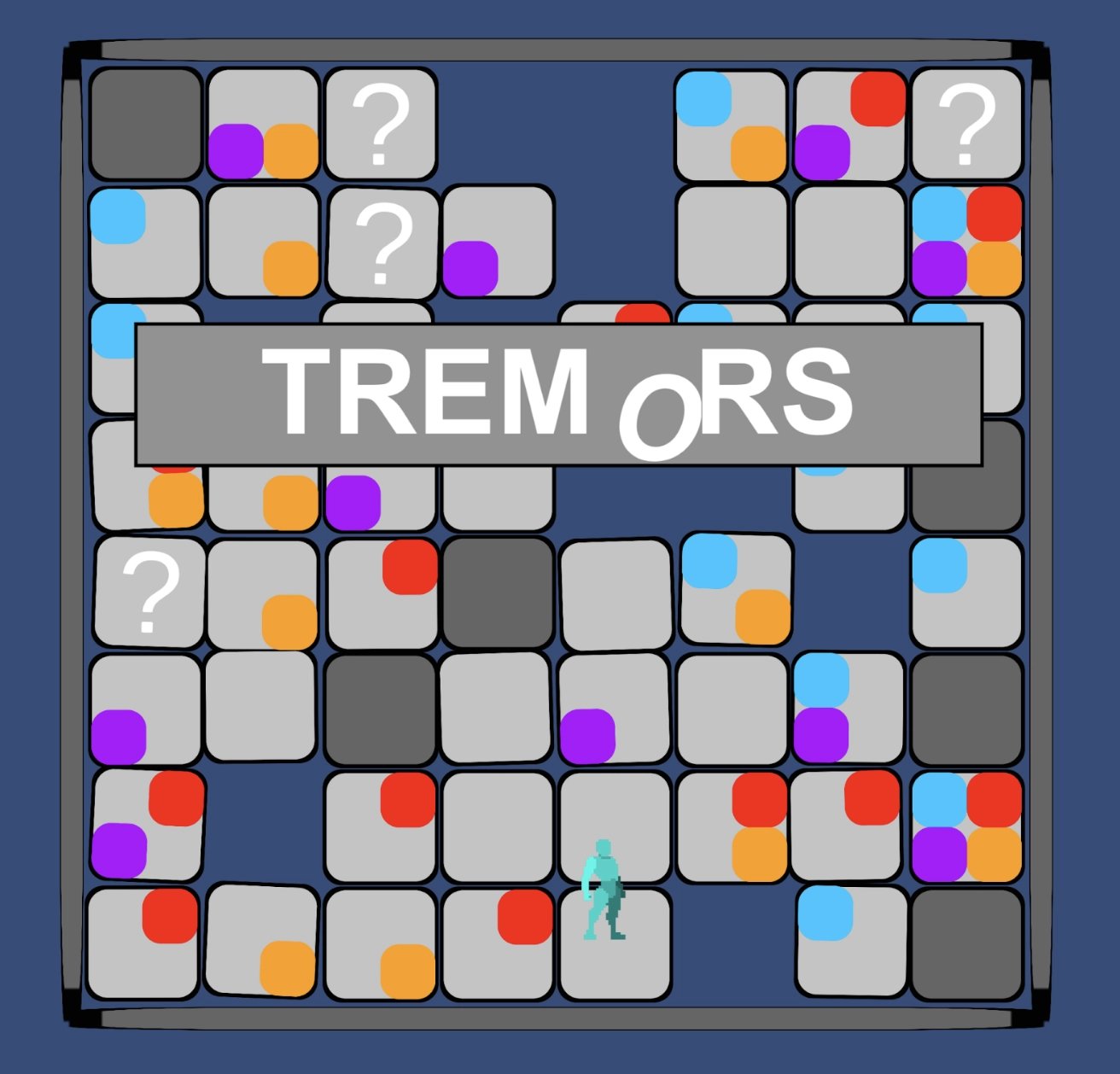A micro-project from start to finish: the Ludum Dare 51 game jam
The first weekend of October was the Ludum Dare 51 game jam. We aimed to create a video game from scratch in 72h max.
It’s been a while since Julian, and I discussed video games during Spark social time. The ones we played, the ones we liked, how cool it would be to create one… We finally motivated each other enough to book the weekend and just did it.

Preparation
As developers, Julian and I both have plenty of experience working on projects and know the importance of planning and prioritisation to get a project to the finish line. So we applied the same here. Here are the steps we took.
1. We decided on a reasonable objective (having something that can be opened and played, forget about winning the jam).
2. We set up our development environment: the game engine (Unity), IDE and versioning system.
3. An internal Slack channel was created for colleagues curious about the project. We hoped they would help with the assets and/or test the game during the weekend.
4. Afterwards, we gathered a small visual and audio assets library we could pick from during the coding.
5. Finally, we set up a rough timeline for brainstorming and drafting releases.
The Weekend
The jam subject was published Friday at 11 pm: “Every 10 seconds”.
After this… we went to sleep. Rest is important.
Saturday at 10 am was brainstorming time. We used the virtual brainstorming dashboard we had prepared in advance. Ideas were classified, split, tentatively grouped and mercilessly discarded.
After some back and forth, we settled on a minimal core idea that would be fun to play. Something where we could progressively add elements (challenges that force or encourage players to move and others that make movement difficult). Following this, we split the tasks. Julian took on the character interactions while I worked on the board generation and menus.
The first day was a whole coding frenzy. Julian and I kept an audio Zoom call opened. This was incredibly beneficial and saved us some time. We could inform each other of our progress and exchange tasks if one of us hits a block. We worked on the foundation of the minimal core but added the challenges when it was easy enough.
12.05 pm on Saturday night, and the first section was complete. It opened! It could be played! We were so happy, but it was still a bit buggy, messy, lightweight and had no sound.
Plenty to adjust on Sunday.
 My head was so filled with ideas that I was back at my keyboard just after breakfast. The challenges to encourage players to move still needed to be included, and there was no challenge choice system. Each tile was to show the following round of challenges. That would make players choose a play style they were comfortable with and give another reason to move across the board.
My head was so filled with ideas that I was back at my keyboard just after breakfast. The challenges to encourage players to move still needed to be included, and there was no challenge choice system. Each tile was to show the following round of challenges. That would make players choose a play style they were comfortable with and give another reason to move across the board.
I took on that task while Julian coded the sound system and our stalker (one of the challenges). Same as the day before, we coded, discussed, and exchanged tasks when needed. We also stopped from time to time to welcome our testers in the chat and observe them play. Seeing someone playing our little game and giving feedback is a great extra motivation to improve it. A huge thanks to all of our special testers! We got a few builds through the day and finished up past midnight with something very close to our final version.
Monday was mostly a return to our daily lives, as we scheduled. The game jam work that day included a few tweaks and the publishing session on the Ludum dare page in the evening. Attempting to get a likeable screenshot while playing the game was challenging (the pause option wasn’t a priority)!

So, what now?
We did it! Tremors is published! You can download the Mac or Windows version on the Ludum dare page or play it on your browser.
It was an intense but fun weekend, giving me extra motivation to work on creating my own game in my free time. That’s probably not the last time I do a game jam!



